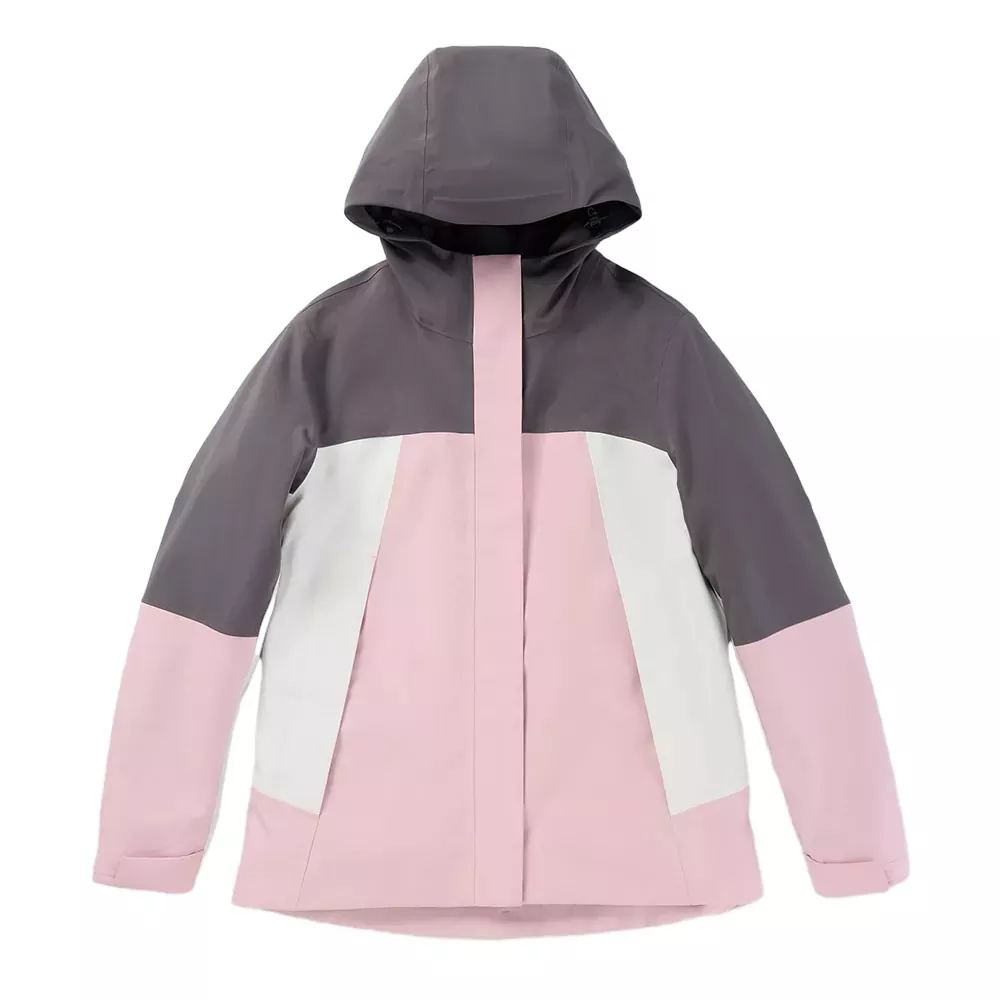What Choose Modern Women’s Clothes for You?
2025-10-27
Women’s clothes have evolved beyond aesthetics — they now reflect empowerment, technology, sustainability, and comfort. In today’s fashion industry, innovation meets identity, offering garments that not only enhance beauty but also improve daily living. From breathable organic cotton to smart textiles that regulate temperature, modern women’s wear is designed to complement fast-paced lifestyles while keeping sustainability in mind.
What Defines Modern Women’s Clothes?
The contemporary definition of women’s clothes blends comfort, adaptability, and sustainability with style and individuality. Modern collections are no longer built only around seasonal trends — they are designed for longevity and purpose. Below is a breakdown of the core components that define today’s women’s wear:
| Feature | Description | Benefit |
|---|---|---|
| Fabric Quality | Use of organic cotton, bamboo fiber, modal, and recycled polyester | Soft texture, eco-friendly, and durable |
| Fit Technology | Tailored silhouettes using 3D design and digital fitting systems | Accurate sizing and better body contour |
| Moisture Management | Quick-dry and breathable fabrics | Comfort in all-day wear |
| Wrinkle Resistance | Anti-crease treatments | Easy maintenance and travel-friendly |
| Stretch & Flexibility | Elastane and spandex integration | Freedom of movement without deformation |
| Sustainable Dyeing | Waterless dyeing and natural pigments | Reduced environmental impact |
| Smart Fabric Innovation | Temperature regulation and UV protection | Enhanced protection and comfort |
| Design Versatility | Mix of casual, formal, and athleisure aesthetics | Multi-occasion adaptability |
Why Are Functionality and Sustainability the New Fashion Priorities?
The Shift in Consumer Mindset
The global consumer base, especially among women aged 25–45, increasingly prioritizes purposeful consumption. Shoppers are more informed and socially aware, demanding transparency in supply chains and environmental accountability. Fashion brands that embrace sustainable production not only align with modern values but also future-proof their business in an eco-conscious market.
The Rise of Smart and Sustainable Materials
Eco-fabrics are at the heart of this transformation. Organic cotton and bamboo, for example, consume significantly less water and energy compared to traditional fibers. Recycled polyester made from plastic bottles also reduces landfill waste. The result is a new class of women’s wear that is lightweight, breathable, and environmentally responsible.
Emphasis on Long-Term Value
Consumers are rejecting fast fashion in favor of long-lasting garments. The concept of “buy less, buy better” is gaining traction. Brands that design for durability — using double-stitch seams, fade-resistant dyes, and timeless silhouettes — are redefining women’s wardrobes for the next decade.
Fashion Meets Technology
From UV-resistant summer dresses to self-cleaning outerwear, smart technology is revolutionizing fabric performance. Moisture-wicking layers keep the body dry, while temperature-adaptive textiles adjust to environmental changes, offering ultimate comfort across climates.
How Are Women’s Clothes Adapting to Future Trends?
1. The Digital Transformation of Design
AI-assisted pattern making, virtual fitting rooms, and 3D garment visualization are reshaping the fashion production process. Designers now create digital prototypes that minimize fabric waste and improve size accuracy. This transformation ensures that every piece of clothing delivers both aesthetic and ergonomic satisfaction.
2. The Versatility Revolution
Consumers prefer multi-functional garments — a blazer that pairs with jeans for casual outings, or yoga pants that double as travel wear. This shift toward hybrid fashion mirrors modern life: fast, flexible, and efficient.
3. Personalization and Fit Precision
The integration of body-scan data and custom-fit algorithms allows for clothing that truly matches the individual. This eliminates sizing frustration and returns, while boosting customer confidence. The result: women’s clothes that feel tailor-made without bespoke prices.
4. Future Materials: The Rise of Smart Textiles
Innovations in biodegradable fibers and conductive textiles are leading the next generation of apparel. Imagine a dress that adjusts warmth automatically or a blouse that monitors posture. These emerging technologies redefine the concept of comfort and utility in women’s wear.
Common Questions About Women’s Clothes
Q1: What type of fabric is best for daily women’s wear?
A: For everyday clothing, natural and blended fabrics such as cotton, bamboo, and modal are ideal due to their softness, breathability, and ease of maintenance. Cotton provides a cooling effect and absorbs moisture, while bamboo fiber offers antibacterial properties, keeping the skin fresh all day. For stretch and flexibility, a small percentage of elastane can be added without compromising comfort.
Q2: How can women choose clothing that suits different occasions?
A: The key lies in versatile wardrobe planning. Select neutral colors such as beige, navy, or black that can easily mix and match. Pair formal items like tailored trousers or structured blazers with casual tops for a balanced style. Layering lightweight outerwear or accessories can also transition an outfit from daytime to evening seamlessly.
The Future Outlook of Women’s Fashion
The future of women’s clothing lies in fusion — the meeting point of technology, sustainability, and emotion. Fashion will continue evolving toward materials that not only respond to the body but also to the planet’s needs. As the market expands, women’s wear will emphasize not just beauty but responsibility, creating garments that reflect individuality while caring for the environment.
Innovations such as recyclable fabrics, biodegradable packaging, and ethical sourcing will dominate the next wave of production. Meanwhile, customization and intelligent design will redefine how women experience fashion — with clothes that fit not just the body, but the lifestyle.
Times, a forward-thinking fashion brand, continues to lead this evolution by combining modern craftsmanship with eco-conscious materials. Every piece from Times is designed with a clear mission: to empower women through comfort, confidence, and sustainability.
For further product information, style consultations, or wholesale collaborations, contact us to explore how Times can redefine your wardrobe for the future.
